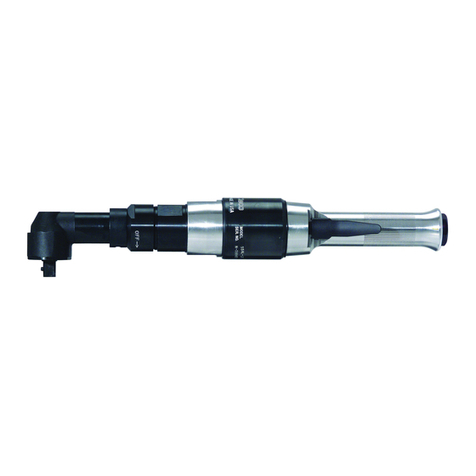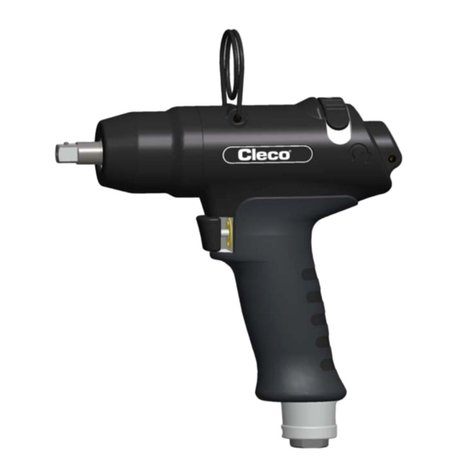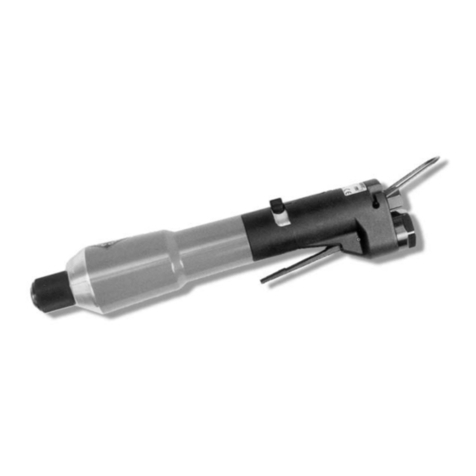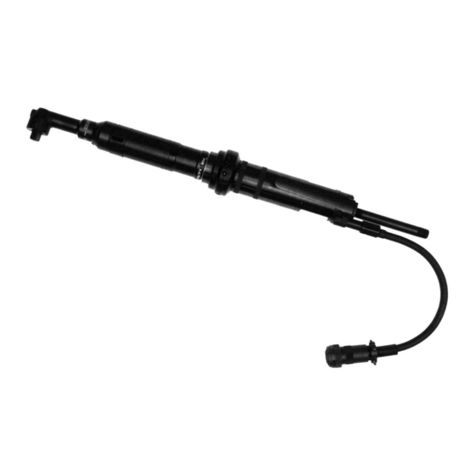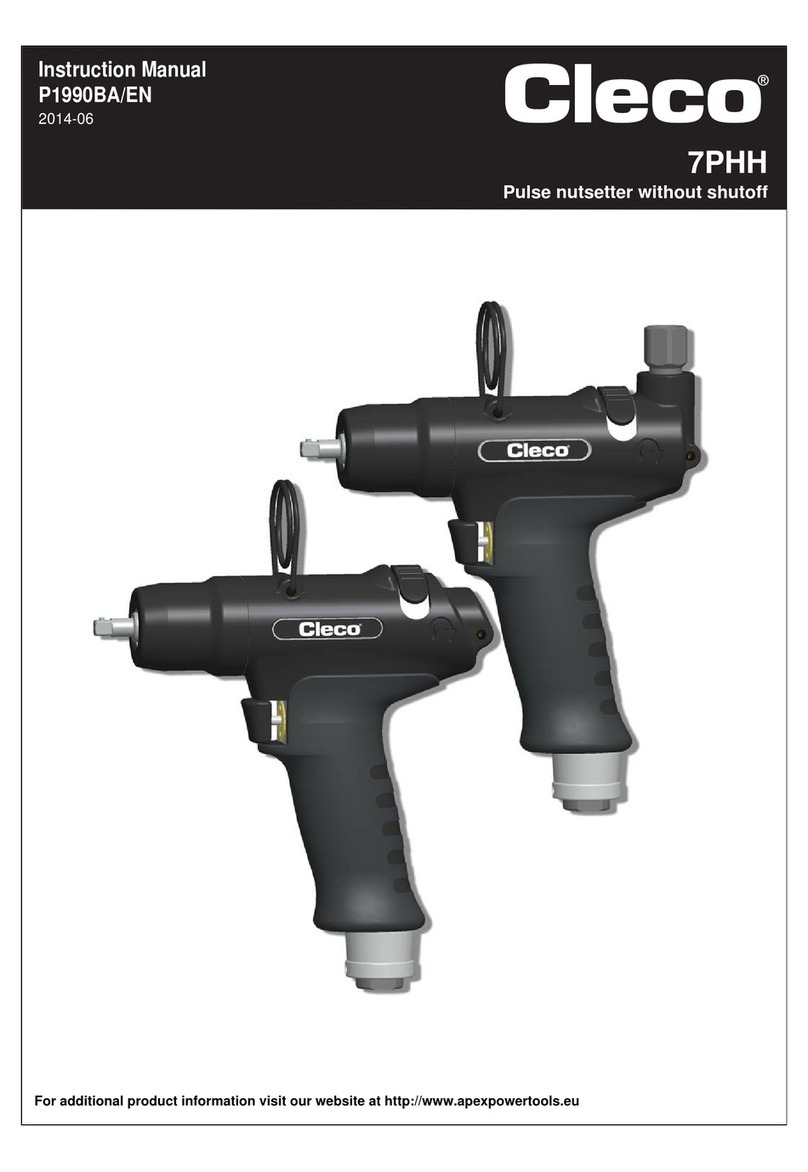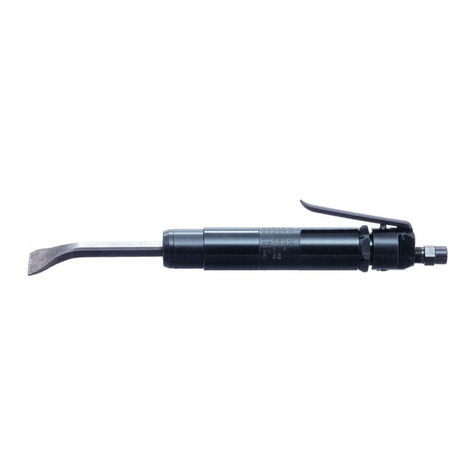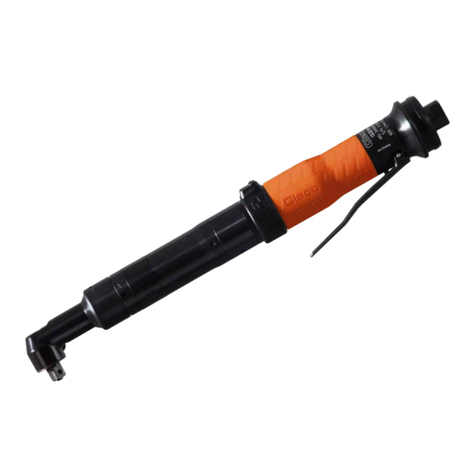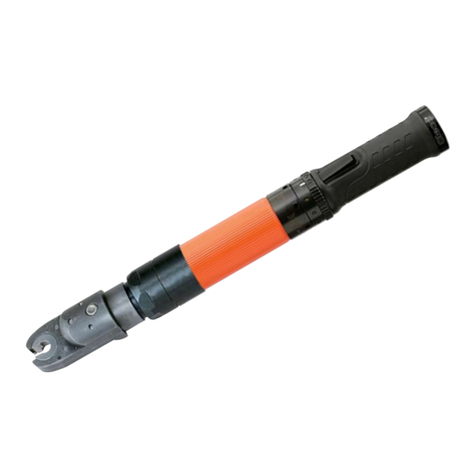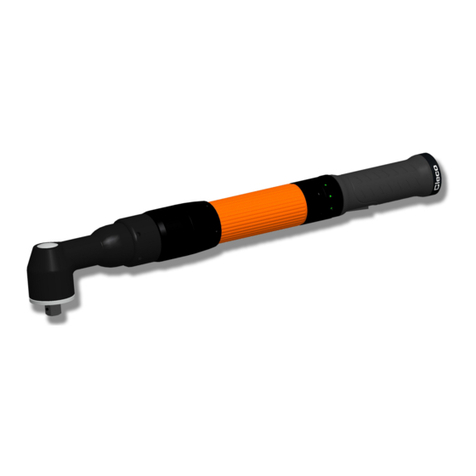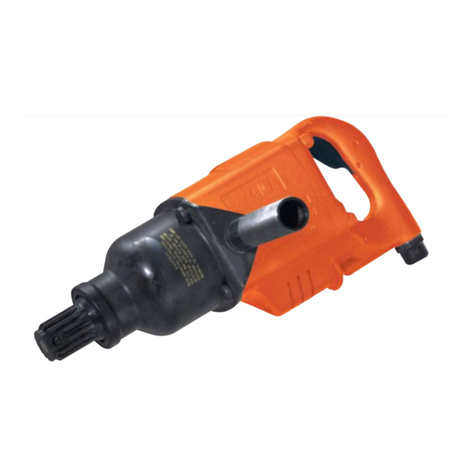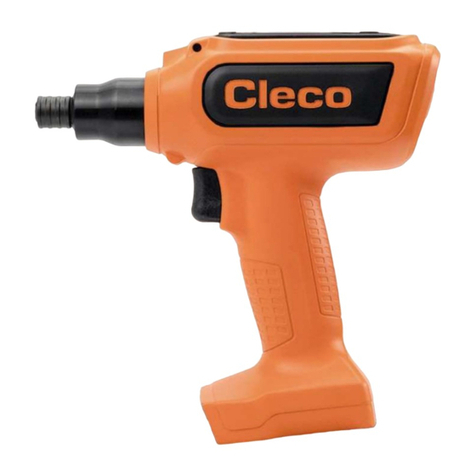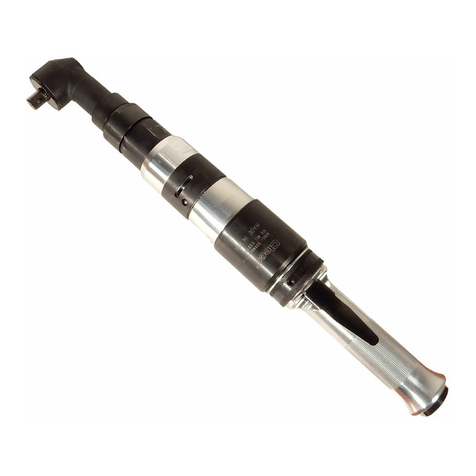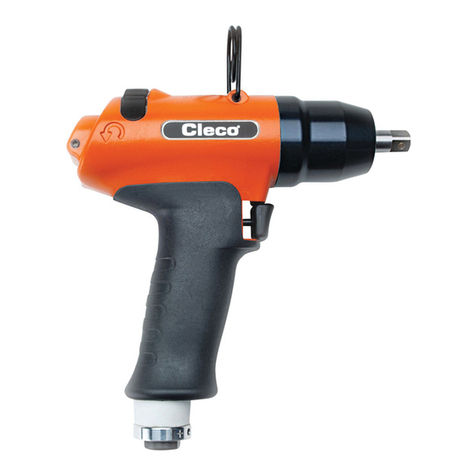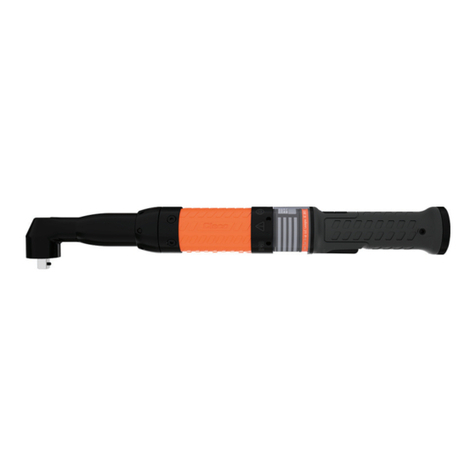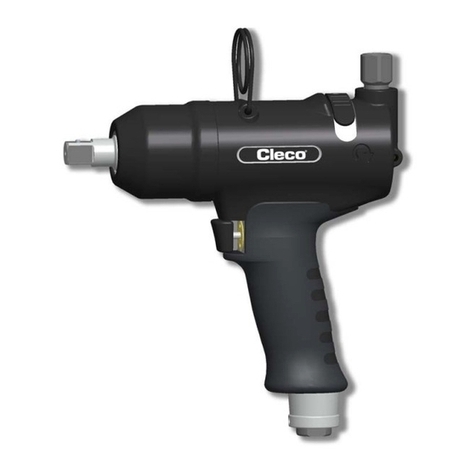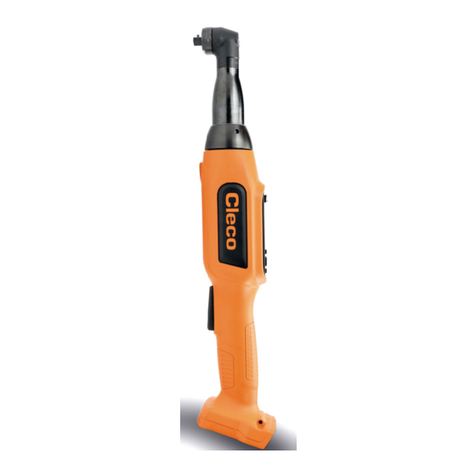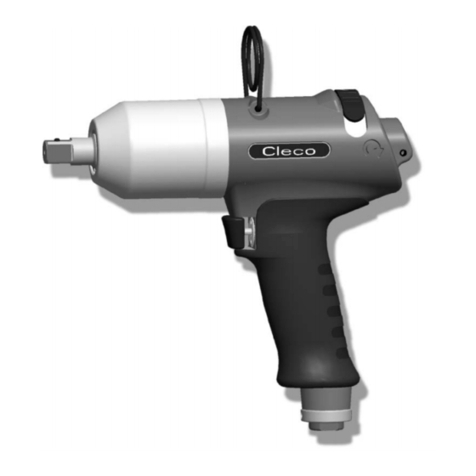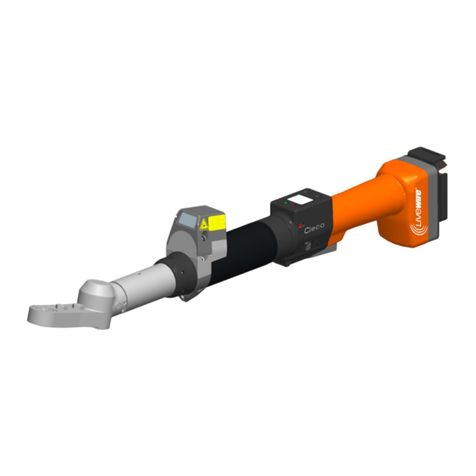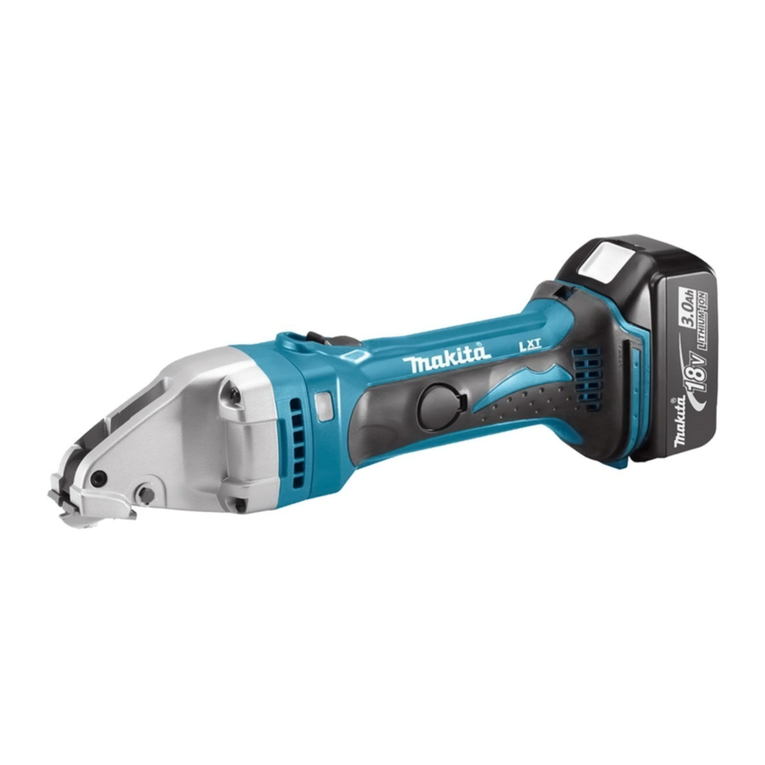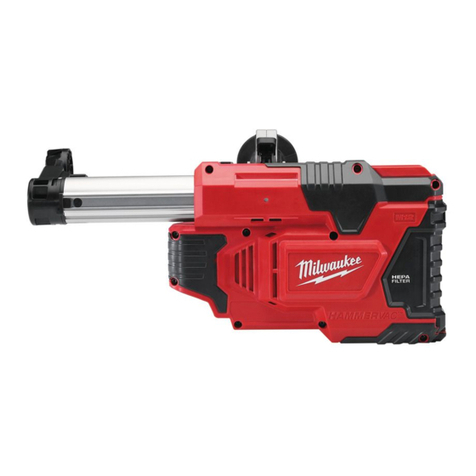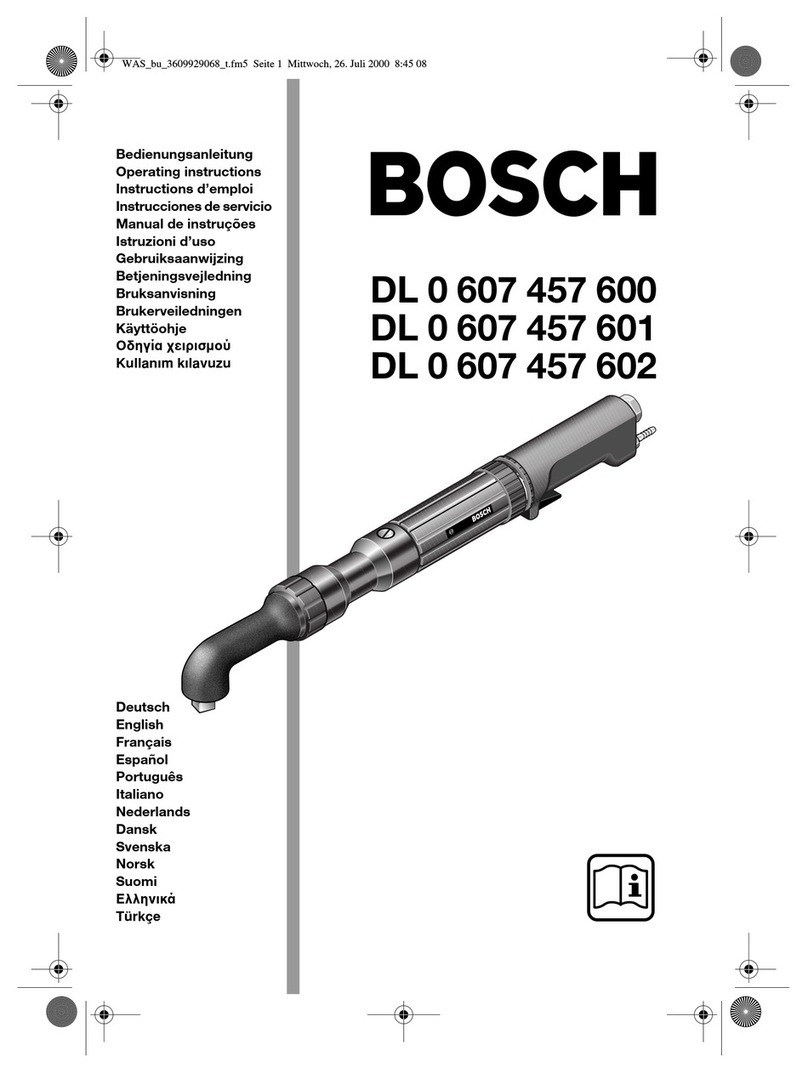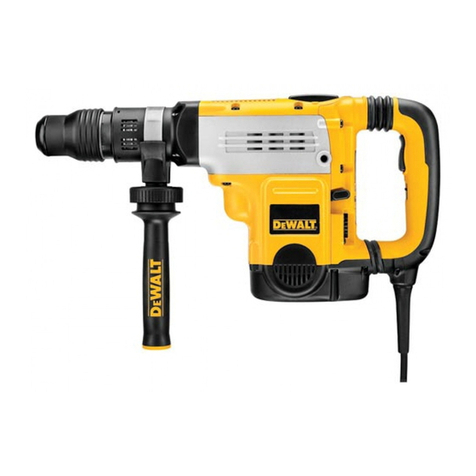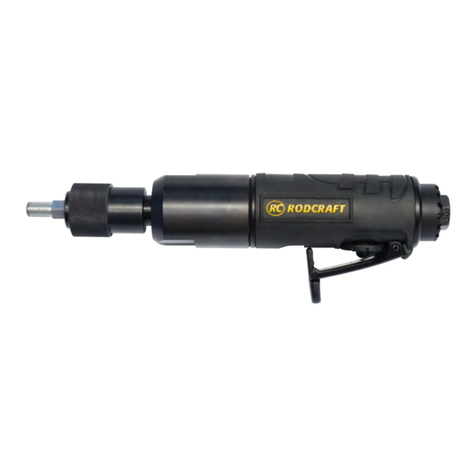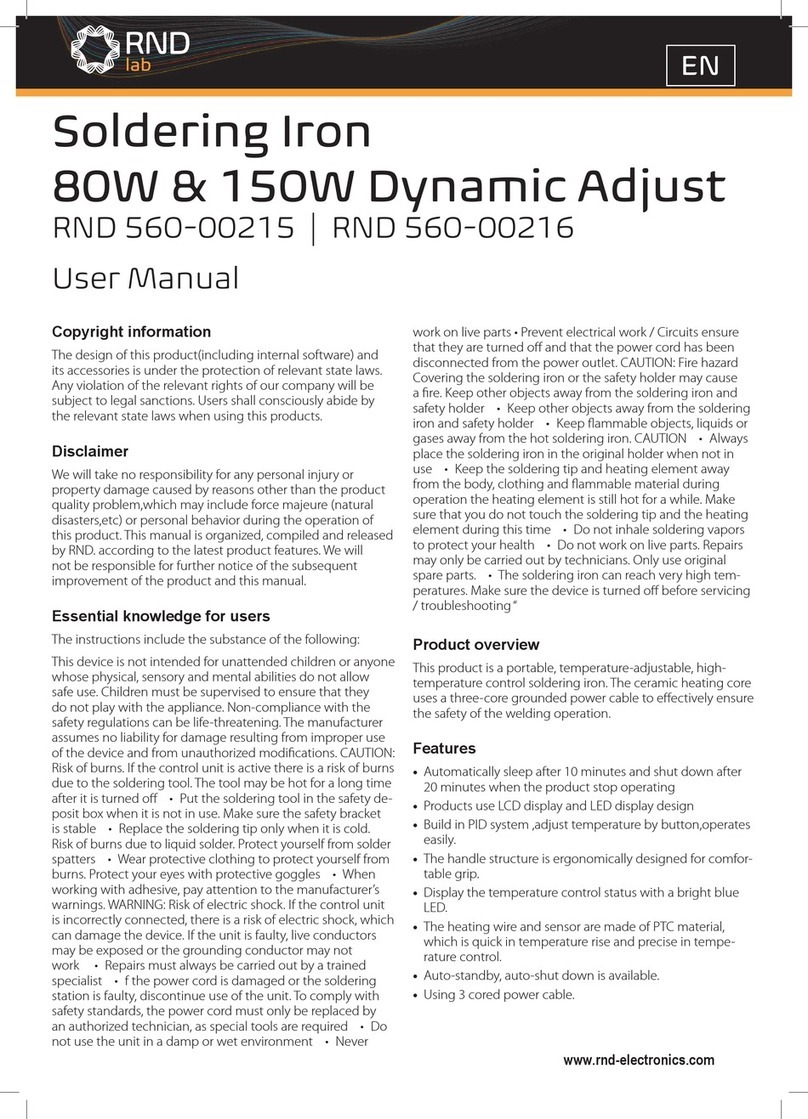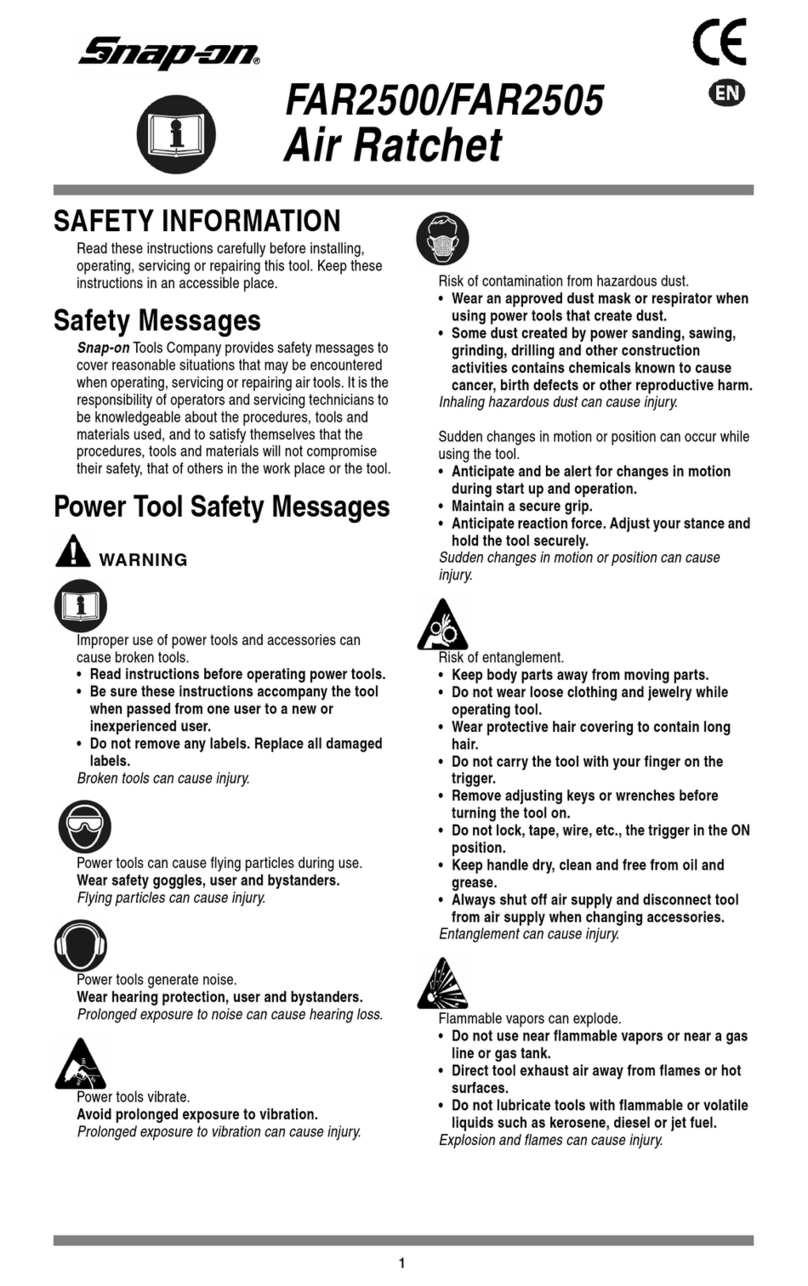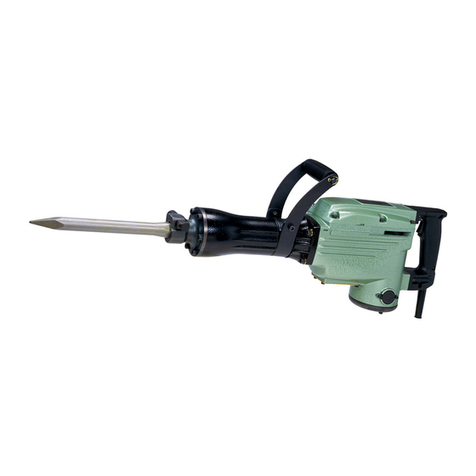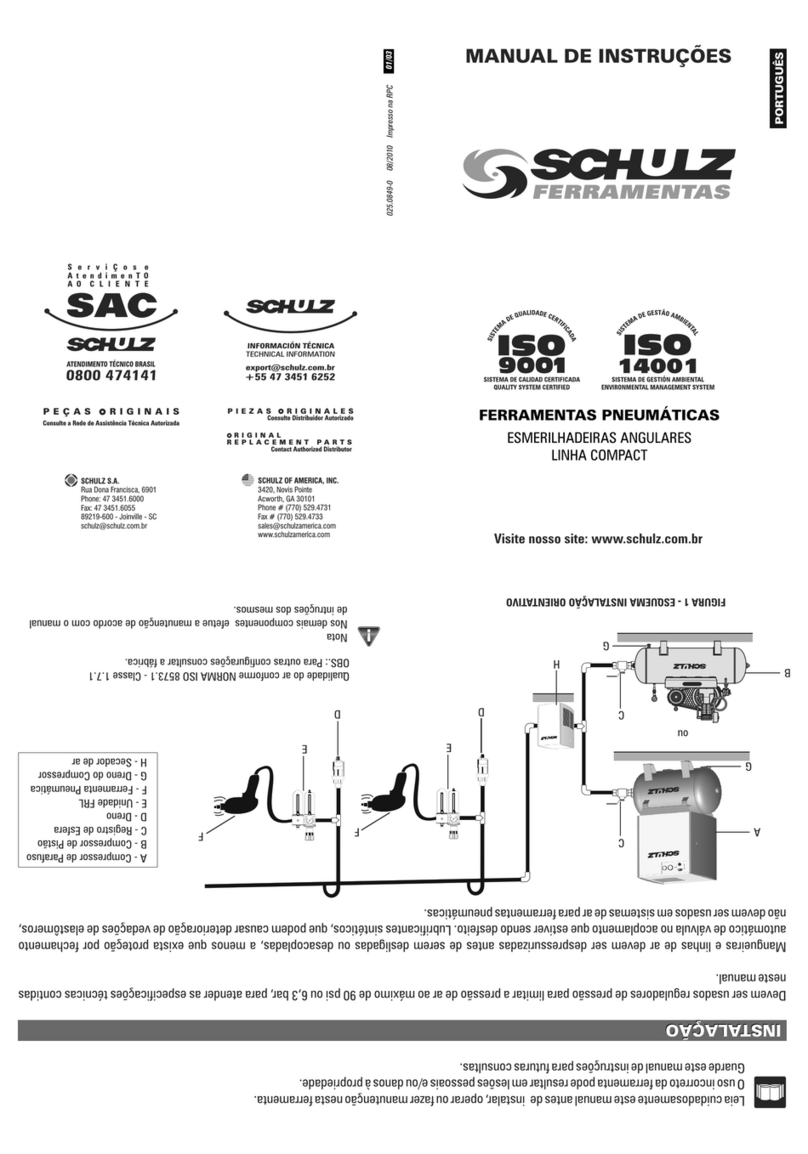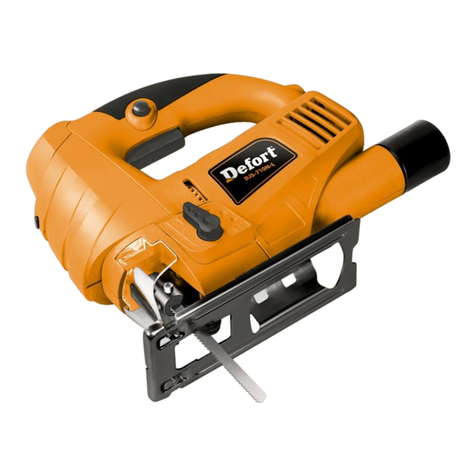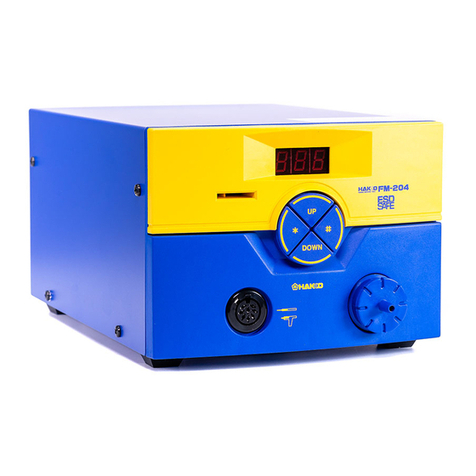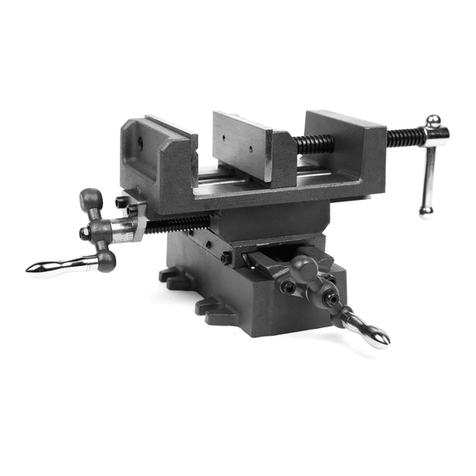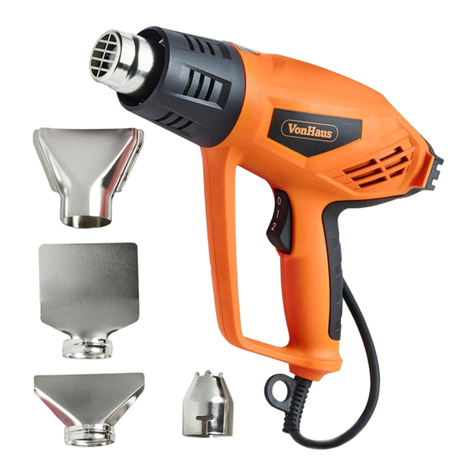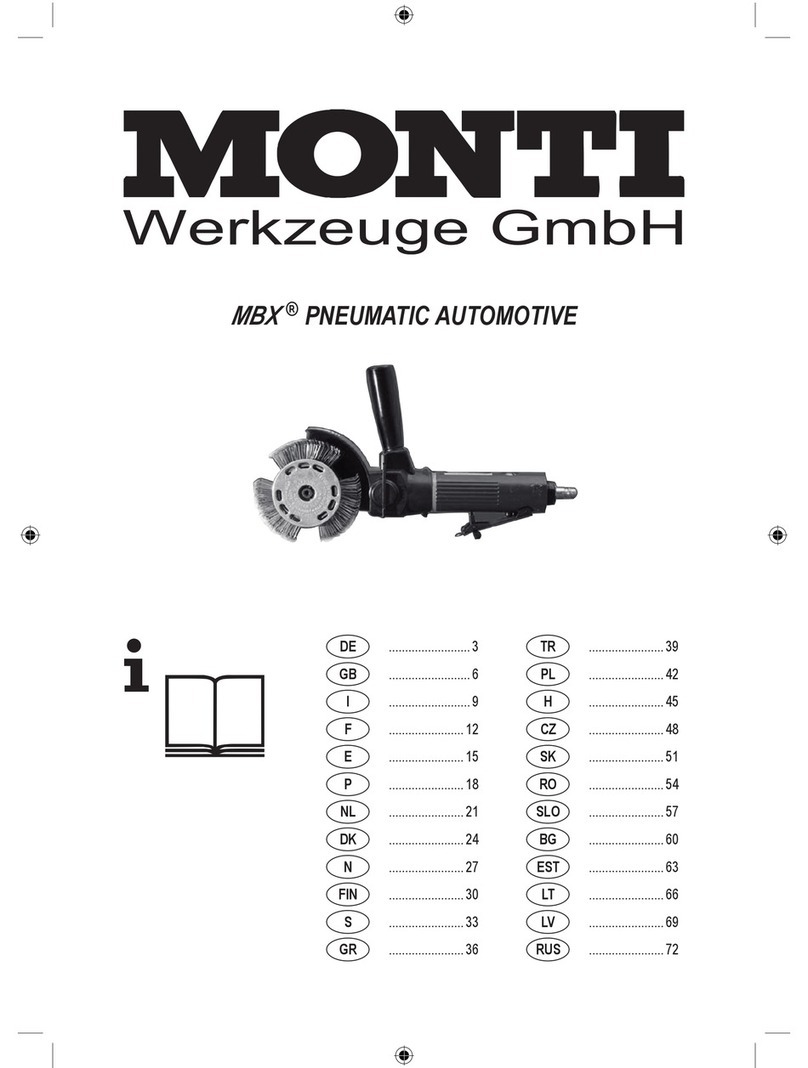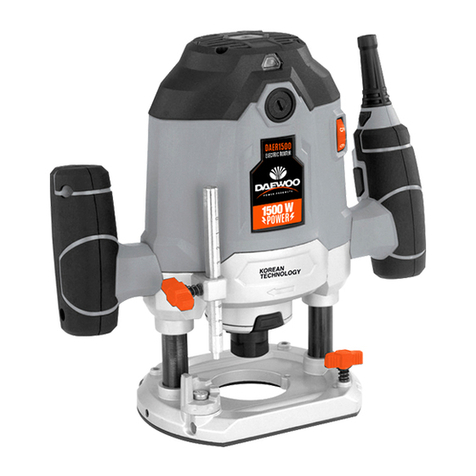
2
CAUTION!
Personal hearing protection is
recommended when operating
or working near this tool.
Safety Recommendations
Foryoursafetyandthesafetyofothers,readandunderstand
thesafetyrecommendationsandoperatinginstructionsbe-
foreoperatinganytool.
Always wear protective equipment:
Foradditionalinformationoneyeprotectionandfaceprotec-
tion,refertoFederalOSHARegulations,29CodeofFederal
Regulations, Section 1910.133., Eye and Face Protection,
and American National Standards Institute, ANSI Z87.1,
Occupational and Educational Eye and Face Protection.
Z87.1 is available from the American National Standards
Institute, Inc., 11 West 42nd Street New York, NY. 10036.
Hearing protection is recommended in high noise areas 85
dBAorgreater.Theoperationofothertoolsandequipmentin
the area, reflective surfaces, process noises and resonant
structures can substantially contribute to, and increase the
noiselevelinthearea.Excessiveairpressureabove90PSIG
or worn motor components can also increase sound level
emittedby tool.Foradditionalinformationonhearingprotec-
tion,refertoFederalRegulations,Section1910.95,Occupa-
tional Noise Exposure, and American National Standards
Institute,ANSIS12.6, Hearing Protectors.
Cleco tools are designed to operate on 90 psig (6.2 bar)
maximum air pressure. If the tool is properly sized and
applied, higher air pressure is unnecessary. Excessive air
pressureincreasestheloadsandstressesonthetoolparts,
sockets,andfastenersandmayresultinbreakage.Installa-
tionofafilter-regulator-lubricator intheairsupplylineahead
ofthe tool is recommended.
Before the tool is connected to the air supply, check the
throttle for proper operation (i. e., throttle moves freely and
returns to closed position). Being careful not to endanger
adjacent personnel, clear the air hose of accumulated dust
andmoisture.Beforeremovingatoolfromserviceorchanging
sockets,makesure theairline isshutoff and drainedofair.
This will prevent the tool from operating if the throttle is
accidentlyengaged.
Some individuals may be susceptible to disorders of the
handsandarmswhenperformingtasksconsistingofhighly
repetitive motions and/or exposure to extended vibration.
Cumulativetraumadisorderssuchascarpaltunnelsyndrome
and tendonitis can be caused or aggravated by repetitious,
forceful exertions of the hands and arms. Vibration may
contributetoaconditioncalledRaynaud'sSyndrome.These
disordersdevelopgraduallyoverperiodsofweeks,months,
and years. It is presently unknown to what extent exposure
to vibrations or repetitive motions may contribute to the
disorders.Hereditaryfactors,vasculatoryorcirculatoryprob-
lems, exposure to cold and dampness, diet, smoking and
work practices are thought to contribute to the conditions.
Any tool operator should be aware of the following warning
signs and symptoms so that a problem can be addressed
before it becomes a debilitating injury. Any tool operator
shouldbeawareofthefollowingwarningsignsandsymptoms
so that a problem can be addressed before it becomes a
debilitatinginjury.Anyusersufferingprolongedsymptomsof
tingling, numbness, blanching of fingers, clumsiness or
weakened grip, nocturnal pain in the hand, or any other
disorderoftheshoulders,arms,wrists,orfingersisadvised
to consult a physician.
WARNING!
Impact resistant eye protection
must be worn while operating
or working near this tool.
Repetitive work motions and/or vibration
may cause injury to hands and arms.
Use minimum hand grip force consistent
with proper control and safe operation.
Keep body and hands warm and dry.
Avoid anything that inhibits blood circulation.
Avoid continuous vibration exposure.
Keep wrists straight.
WARNING
!
Avoid repeated bending of wrists and hands.

















